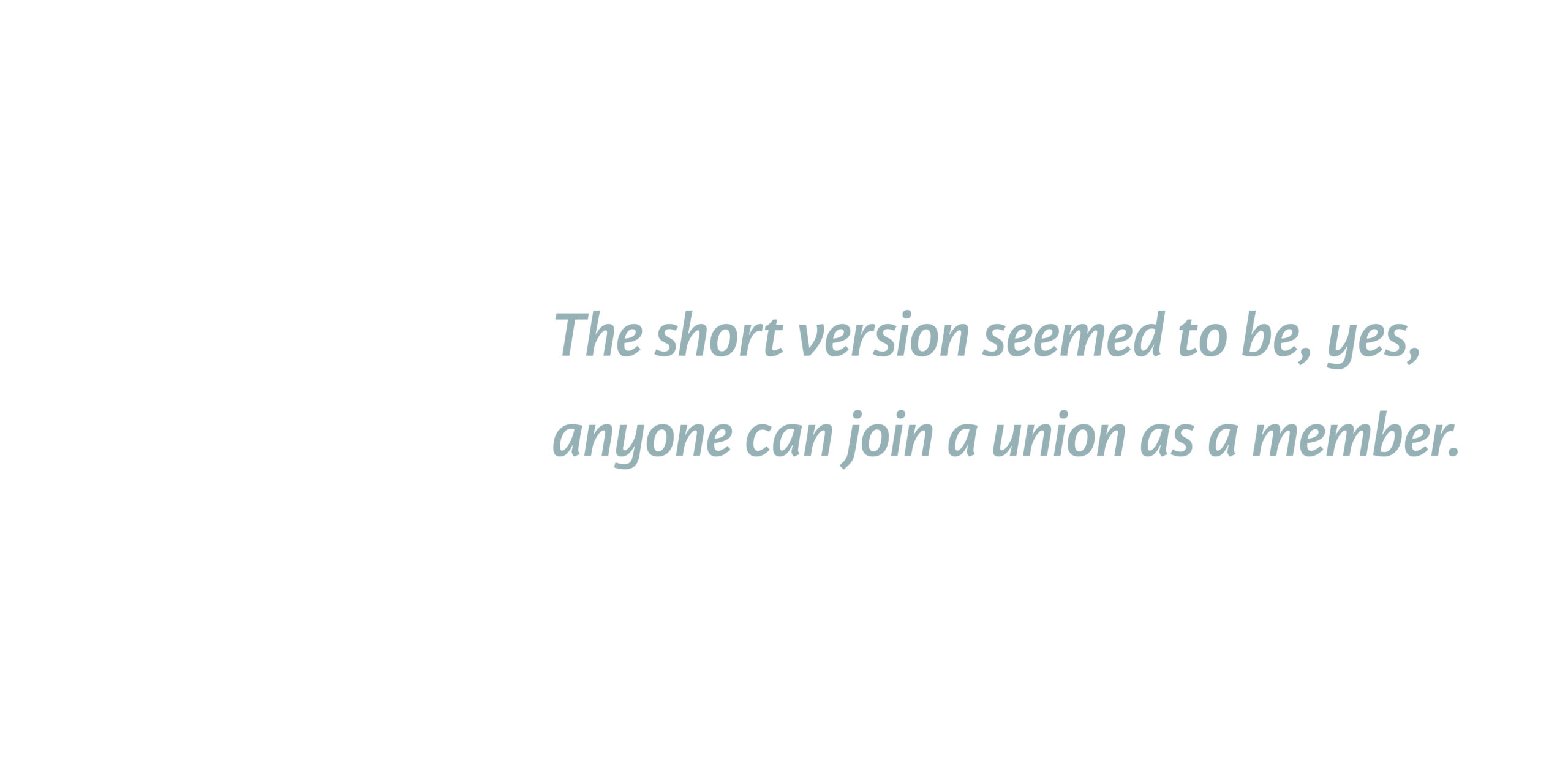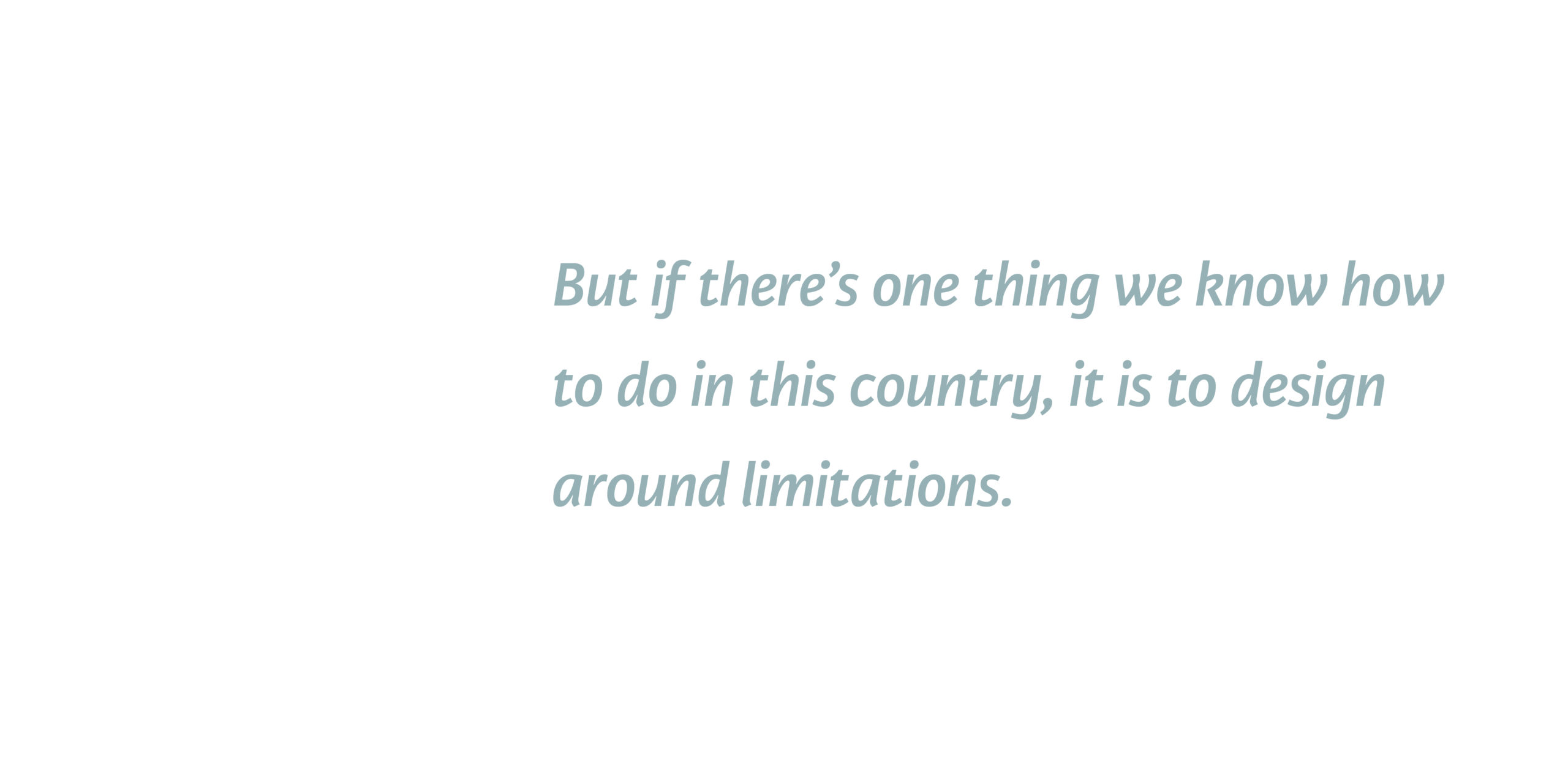Field Guide 2020: All together now
This Field Guide article sits within a series of commissioned essays, interviews, podcasts and artworks to be published over 16 weeks on designassembly.org.nz and culminate in a downloadable PDF publication which will be distributed nationally.
We are incredibly grateful to Creative New Zealand who funded this 2020 Field Guide, which actively investigates, celebrates, nurtures and challenges current design thinking, methodology and practitioners in the Aotearoa design community. The project is “a multidisciplinary exploration of New Zealand’s post-COVID design practice”. It is produced by five authors, six illustrators, with art direction, design, editorial, publishing and production support from the Design Assembly team & RUN Agency.

Supported by Creative New Zealand
The artwork to accompany this essay is by Munro te whata a Māori, Niuean creative artist based in Auckland. He lives in The Gardens, with his wife and three kids. At the age of 16 Munro studied animation and began working as an inhouse animator on the hit TV show Bro’town. After 4 years there he went on to work for a show on Māori TV and began illustrating and teaching. Munro went back into studies and gained a Bachelor of Creative Arts from MIT and then started working as an in house illustrator for Kiwa Digital. Munro is now freelancing from home while also teaching art in schools.
All together now
One day, when we’ve hung up our masks and taken down our tracing posters, had a holiday in Vietnam and seen our favourite touring band live, we’ll look back on 2020 and be glad things are normal again. For Gen X and younger, this year ranks up there for the biggest upheavals we’ve witnessed in our lifetimes, changing our picture of how the world works. Most of us will be glad to see the back of it.
But some things will be different and won’t go back to how they were. The seeds of even bigger changes have been tended and fertilised in 2020. Those of us working in the New Zealand design and creative industries should be thinking hard about how we want the future to look for us. Because if we don’t, others will.
In my essays for Field Guide 2020, I’ve written about voice, but the main focus has been on how we speak in our work. In this essay, I want to think out loud about how we find our voice at work, not in it. How do we speak up for ourselves as workers? Do we do it individually – or is there an opportunity from 2020 to unite and speak together? 
There is some irony, perhaps, in me writing about workers rights as a self-employed freelancer who, if I were to go back into a creative agency, would most likely have a management role and potentially an ownership stake. But even when I was working in agencies full time, I always looked a bit sideways at the employment practices and the working culture and felt like things needed to change. I also have the advantage of being able to speak up and not suffer much in the way of repercussions. So consider this a gentle rallying cry to the workers of the design, advertising and digital industries – you are allowed a voice and perhaps it is time to raise it, together.

I worked full time in agencies for about 15 years before going out on my own. In that decade and a half, I never once heard mention of a union. More recently, I’ve asked around some of the older industry people I know and they are the same. Go back to the 1980s and earlier, and some of the print production roles that no longer exist (photolithographers for example) came under the purview of print industry unions. But there doesn’t seem to be any connections now. I even asked a couple of unions directly if they knew who graphic designers and copywriters would be aligned to in New Zealand, but got no definitive answer. The short version seemed to be, yes, anyone can join a union as a member. But industry-specific knowledge and support seemed to be missing.

One possible explanation for this is the nature of the businesses we work for. Design studios often grow around one individual and are small, with the boss working side by side with their employees. In advertising it can be the same, or an agency will be the local arm of an international entity. We are in an industry where the financial rewards can be excellent for the ambitious and committed. We also have a culture that, I would argue, has traditionally leaned towards individual excellence rather than collective success.

These last two factors have a class tinge too. One friend who worked with unions for years said there was often some suspicion of people in occupations seen as well-paid and middle class. People at the upper end of advertising and design can end up extremely well off. It’s not exactly synonymous with the working class, despite the fact that some of New Zealand’s strongest unions have helped their members earn extremely good money in the past.
So why talk about this at all? We have professional bodies who lobby for and promote their industries. We have organisations like Design Assembly working to build a cohesive community around us. And if you have conflict at work, there are employment lawyers. Why talk about unionising designers?
Let’s go back to our 2020 lens. Work is changing, fast.
First, there is COVID-19. Every agency and studio in Aotearoa has had to adjust to remote working to some degree, and face the prospect of a future where it is either needed or desired by their employees. Depending on the sectors and clients they service, some creative businesses have been staring into the threat of oblivion as revenue has tumbled. There have been plenty of redundancies and downsizings. People are out of work, especially the ones who are our potential clients. There are many, many marketers out there between jobs.

Second, technology is eating our lunch. So many of our creative skills are being (to a rudimentary degree) automated or cheapened. Some people will still pay tens of thousands to develop a brand identity; but just as many will get a logo made on Fiverr by a hungry freelancer on the other side of the world. There are endless shortcuts to producing creative work. Does it produce good work? Generally not. But if you’re a client on a tiny budget, or you don’t actually understand the value of ‘good’, you will settle for good enough.
Thirdly, we are moving more and more towards the so-called gig economy. It has its benefits, but it also robs workers of certainty and leverage. I know from experience that things you often take for granted as an employee (bereavement leave, sick days, holiday pay) aren’t there when you’re a freelancer. Your employment becomes entirely about the production of work, not about the wellbeing and needs that sit around the work.
So is full time work less precarious? In advertising, I often heard the tired old ‘danger money’ chestnut: we were paid well because, the moment a client was lost, we could be dumped from a job with zero notice. The cycle of redundancies and new hires is well embedded in advertising as a rejuvenation technique. Why the need to rejuvenate? Because the talent often gets burned out. The 40-hour week is a mystery to most people in the creative industries. As is the five day week. We are pulled into a culture of working too hard, for too long, because that’s ‘the way it is’.

A former agency workmate used to get a phone call from a key client every Saturday morning, because that’s when she liked to think about big picture stuff.
Another workmate of mine always kept his hat on when we were working on pitches on a Sunday, because it helped him hold on to the sense he was just popping in temporarily (even when we were there all day and night).
A few months ago my 11-year-old said to me “remember when you used to go to work in the dark and come home in the dark, every day?”

I’ve heard similar stories from design agencies, game developers, animators…the hustle culture demands so much of us. It’s not healthy, but individual stories and complaints don’t change a culture.
So here’s my wish for the post-2020 world: to see our industries design a better way of working and to see our workers find a united voice. Outside of Aotearoa, it’s getting tougher. Powerful business people like Jeff Bezos and Elon Musk are pushing for a world where workers’ rights are diminished. Right now a tech entrepreneur is looking for a way to generate the work you do – or a rough approximation of it – with an AI.
If we want design and creativity to thrive, to enrich our culture and our economy, we are going to need to fight for the things that make the work worth doing. We need to build in some security of work so that we don’t lose the new parents and the experienced heads.

If you’re young, keen and ambitious: use your voice. Not just to push your own career forward, but to lift the people you work with up too. Chase those awards and titles and salary bumps, but think about the leverage they give you and how you can use it in solidarity.
Yes, I’m idealistic. Maybe what I’m imagining will not or cannot happen. But if there’s one thing we know how to do in this country, it is to design around limitations. And no, I’m not the person who can organise and mobilise a whole industry of workers.

But one of you can start. More than one of you. Find your voice and start speaking, together.



